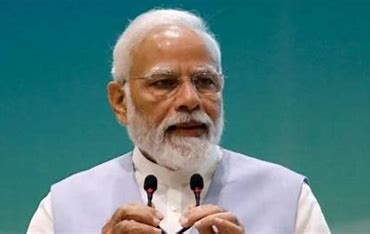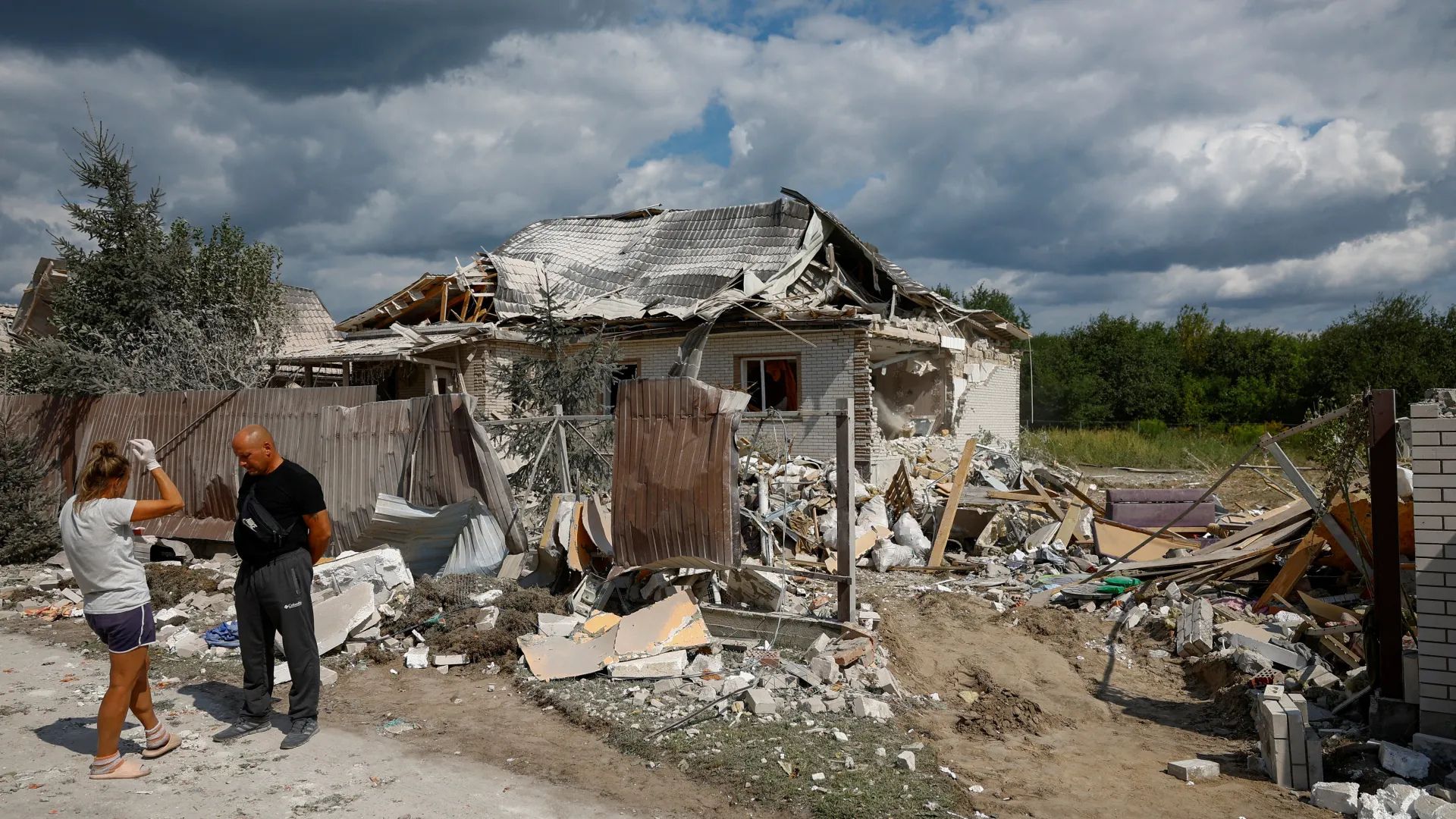Israeli authorities announced on Tuesday that an Israeli tank brigade had assumed control of the Gaza Strip section of the Rafah border crossing with Egypt, marking a significant advancement in their offensive in the southern city. This move occurred amidst ongoing negotiations for a ceasefire with Hamas, highlighting the precarious nature of the situation.
The development unfolded following a series of rapid shifts in the Israel-Hamas conflict. On Monday, Hamas declared its acceptance of a ceasefire proposal brokered by Egypt and Qatar. However, Israel maintained that the terms of the proposed agreement did not address its fundamental demands. These diplomatic maneuvers and military escalations have left a faint glimmer of hope for a potential resolution to the seven-month-long conflict, which has inflicted severe devastation on the Gaza Strip.
The Israeli military announced that the Israeli 401st Brigade entered the Rafah crossing early Tuesday morning, assuming “operational control” of this vital point of entry. This crossing serves as the primary pathway for humanitarian aid to reach the besieged enclave and for individuals seeking to escape into Egypt. Since the onset of the conflict, Israel has exercised complete authority over all access points in and out of Gaza.
Footage released by the Israeli military depicted a tank advancing into the crossing, with identifiable features matching those of the area. Israeli flags were seen flying from tanks that secured the vicinity. The military asserted that the seizure of the crossing was prompted by intelligence indicating its utilization for “terrorist purposes.”
While evidence supporting this claim was not immediately provided, the military cited an incident in which the area surrounding the crossing allegedly served as a launch site for a mortar attack that resulted in the deaths of four Israeli soldiers and injuries to others near the Kerem Shalom Crossing.
Israeli military operations intensified in Rafah, including airstrikes and ground troop movements targeting suspected Hamas positions, following the seizure of the Rafah border crossing by the Israeli 401st Brigade. Palestinian officials confirmed the closure of the crossing by Israeli forces, with strikes reported in the surrounding area since the previous day. Egypt refrained from immediate comment on the seizure, but had previously expressed concerns over actions that could lead to Palestinians fleeing across the border and potentially threatening regional security agreements.
The offensive in Rafah raised fears of a broader Israeli assault, strongly opposed by the United States and warned against by aid groups due to its potential humanitarian repercussions for the 1.4 million Palestinians in the area. With Israel now controlling a vital entry point for aid and potential escape routes, the situation remained volatile, underscoring the ongoing tensions and security challenges driving the conflict.
According to Egyptian officials, the proposed cease-fire initiative outlined a multi-stage plan aimed at de-escalating tensions between Israel and Hamas. The plan involved incremental steps, starting with a limited hostage release and partial withdrawal of Israeli troops from Gaza. Subsequent negotiations were intended to establish a framework for a long-term ceasefire, culminating in a complete release of hostages and further Israeli withdrawal from the territory.
However, Hamas expressed reservations regarding the proposal, seeking clearer assurances regarding its key demand for an end to the conflict and the complete withdrawal of Israeli forces in exchange for the release of all hostages. It remained uncertain whether any amendments were made to address these concerns. Israeli leaders, on the other hand, consistently rejected such terms, vowing to continue their military campaign until Hamas was dismantled, particularly following an attack on Israel by Hamas on October 7th that ignited the conflict.
















